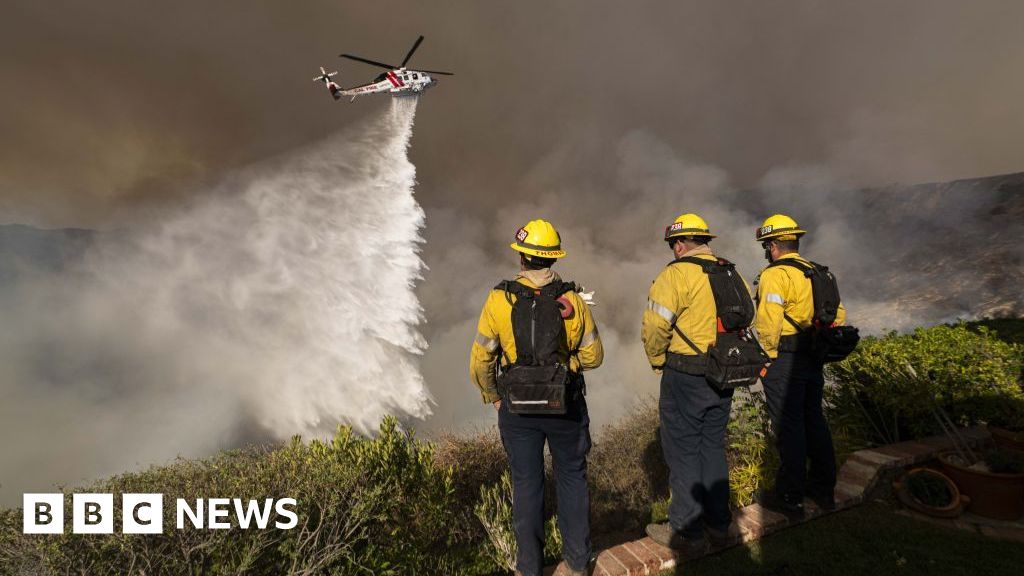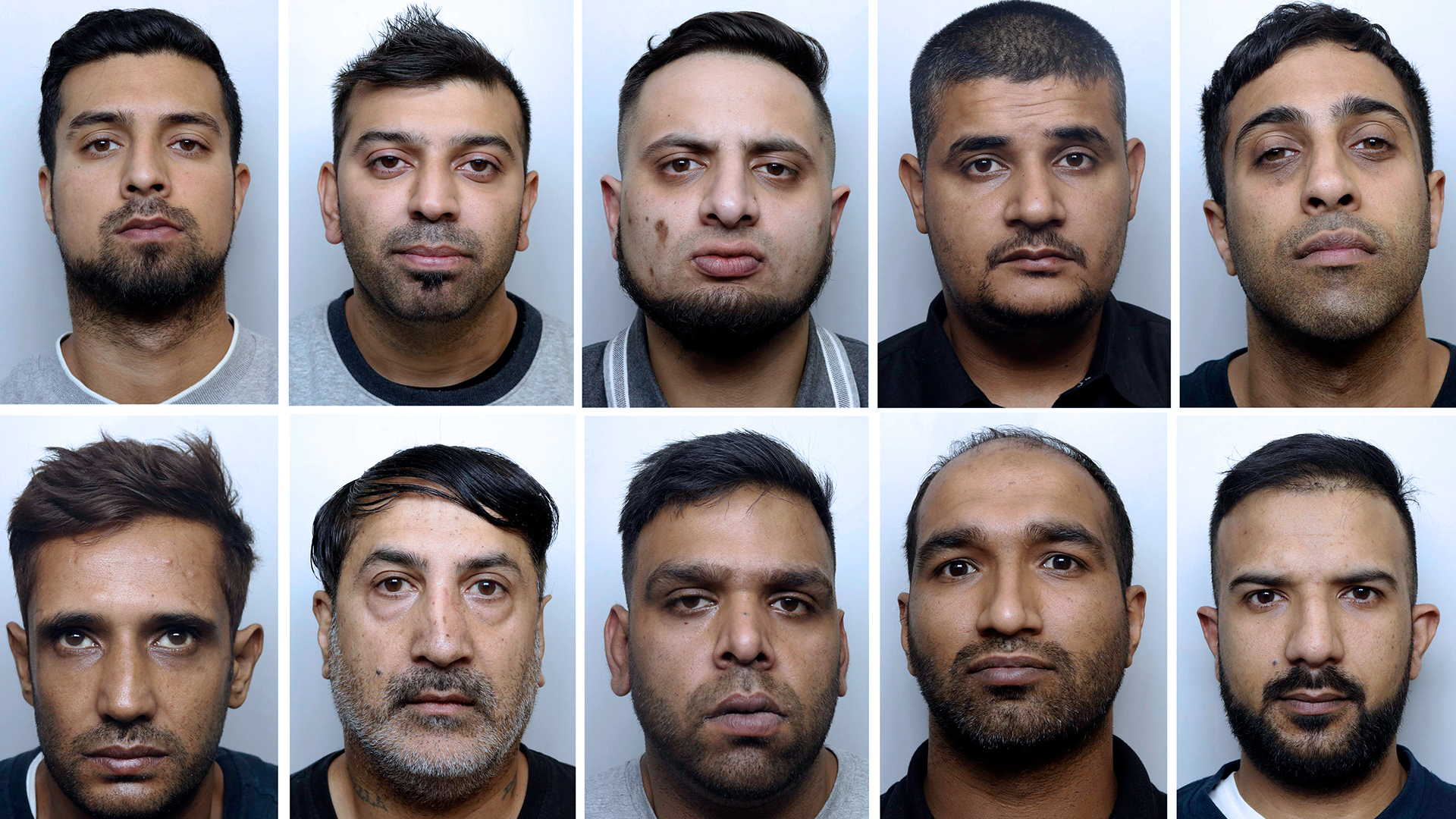But Hamas remains a formidable force in Gaza, with thousands of active fighters, and many experts say they believe its approval is needed for any plan to rebuild Gaza.
United Nations officials have estimated that rebuilding Gaza will cost tens of billions of dollars, but many donor countries have designated Hamas as a terrorist organisation, restricting their ability to work with Hamas-linked institutions in Gaza. An independent government without ties to Hamas could collaborate with the United States, European nations and international organisations to start rebuilding the territory.
Israeli protesters gather at a rally marking nine months since the start of the Israel–Hamas war, in Tel Aviv.Credit: Sergey Ponomarev/The New York Times
“We’re keen that the people will not be from Hamas or considered close to Hamas,” Badran said, adding that the group was even willing to concede authority over the civil police.
The only qualification, he said, was that the members of the government had to be “nationalistic” and “reliable,” and supported by the various Palestinian factions, including the most prominent: Hamas and Fatah.
But Hamas and Fatah have been at loggerheads for years, each attempting to present itself as the legitimate leader of the Palestinian people. Palestinian analysts remain sceptical that they would agree to join in a united Palestinian front.
Badran said Mahmoud Abbas, president of the Western-backed Palestinian Authority, was blocking the idea.
Munir al-Jaghoub, a Fatah official in the West Bank, said that Badran’s talk about giving up control in Gaza was just a smoke screen, arguing that Hamas had scuttled previous efforts to cultivate cooperation.
“They want to remain the ones who are actually in power,” he said. “There’s no doubt about that.”
Some US officials have grown more optimistic that a deal to release Israeli hostages held in Gaza in return for a ceasefire is at hand. But people briefed on the talks say it will be days until it is clear whether a breakthrough has been achieved.
Other US officials said previous hopes had been dashed both by Netanyahu and Hamas. In Washington, the White House national security adviser, Jake Sullivan, reflected both the optimism and the caution, noting that many details still had to be hammered out to secure a deal.
“I don’t want to say that it’s immediately around the corner, but it does not have to be far out in the distance if everyone comes in with the will to get it done,” Sullivan told reporters Thursday.
Discussions are centred on the two most contentious issues: whether Israel will agree to end the war, withdraw from Gaza and respect a permanent cease-fire; and whether Hamas will agree to give up control of Gaza, according to a person briefed on the negotiations.
Both Israel and Hamas remain exceptionally wary about whether the other side is ready to make concessions.
Badran said his group had shown “great flexibility” in discussions with mediators, especially in making language changes, but had held firm to its demand that Israel agree to a permanent cease-fire.
“We’re not obstinate and rigid in negotiating,” he said. “If there are some phrases that will make the negotiations easier and lead to the same result — the end of the war — we have no problem.”
Although Hamas officials have expressed frustration in the past about bearing the burden of governance — fixing broken streets and collecting trash — they have used the strings of power to advance their political and social agendas, intimidating opponents, shaping news coverage and enforcing modesty rules.
Still, although Hamas might step back from governing civil affairs in Gaza, it has no plans to cede overall control of Gaza. That would mean disbanding its military wing, the Qassam Brigades, which Badran said was a non-starter.
“The occupation’s army entered Gaza for 10 months and didn’t eliminate the Qassam Brigades,” he said. “Does it want the Qassam Brigades to dissolve itself? That’s illogical.”
This article originally appeared in The New York Times.





















Discussion about this post